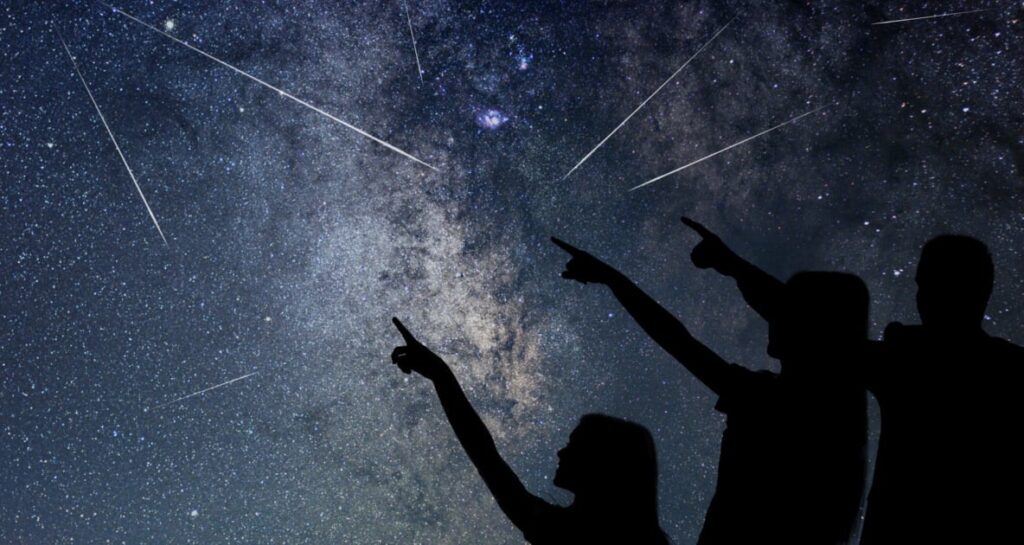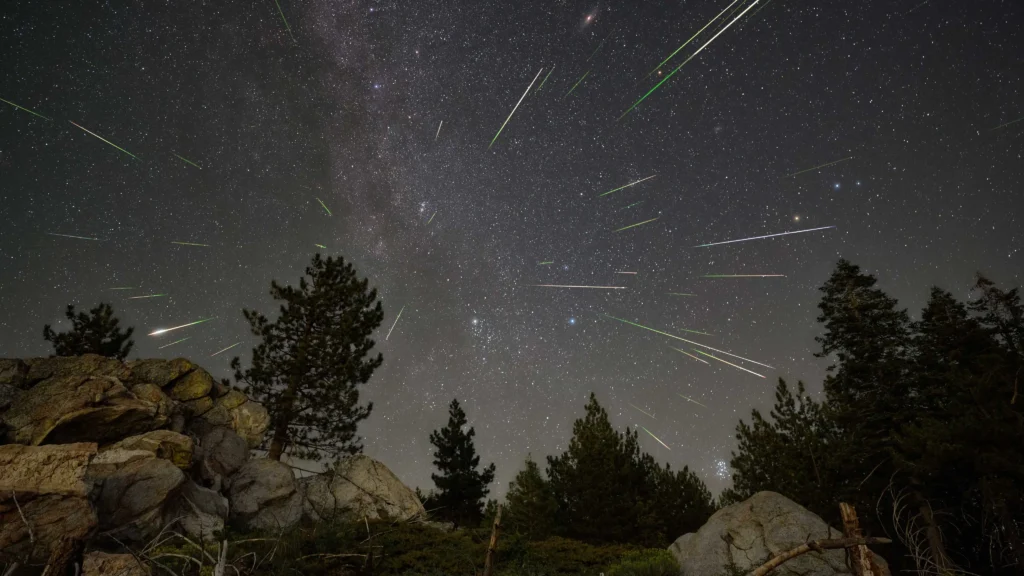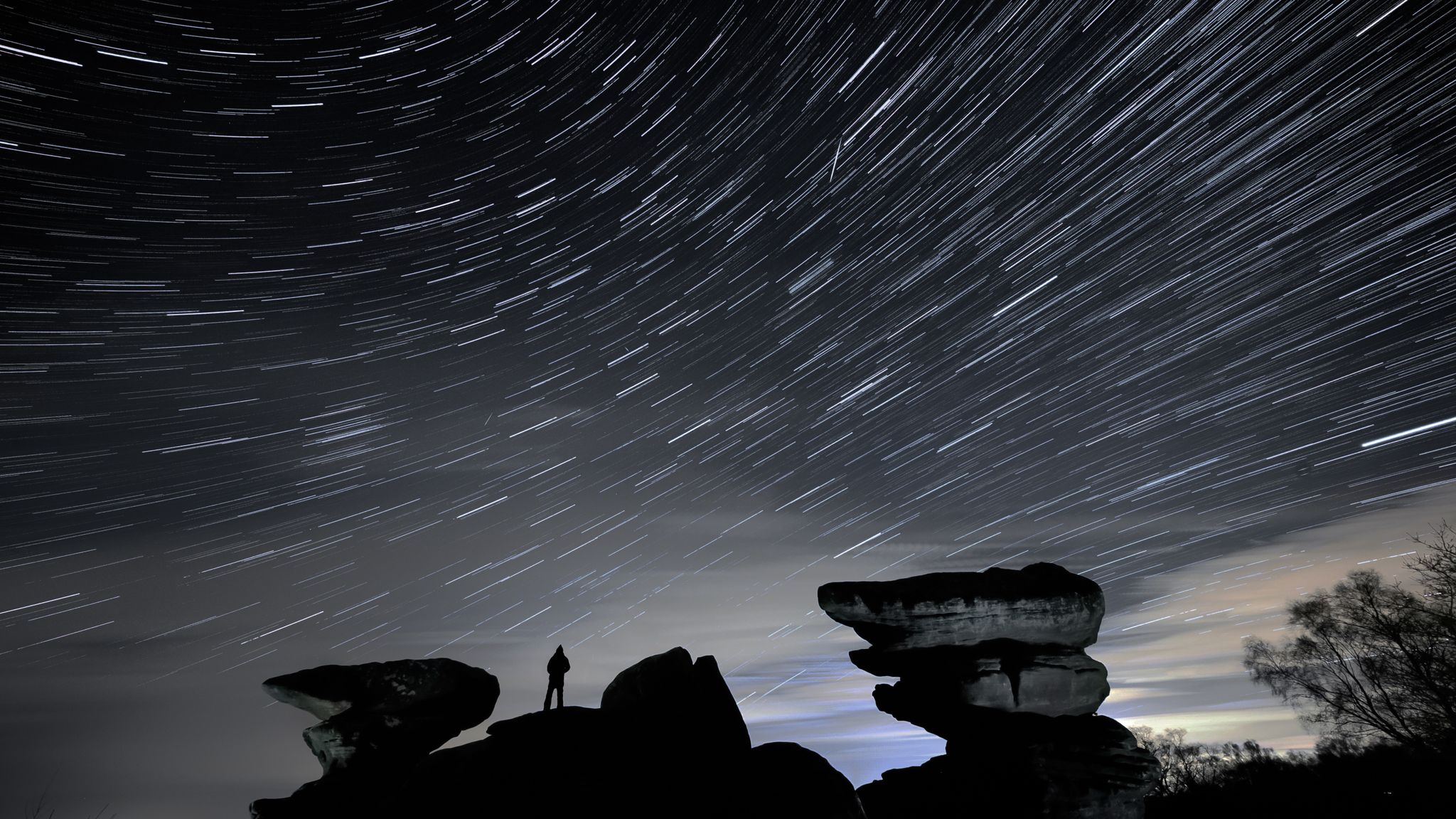Meteor showers are one of nature’s most mesmerizing displays, and the Eta Aquariids, in particular, stand out due to their radiant brilliance and the sheer number of meteors visible per hour.
Observing the Eta Aquariids requires a bit of planning to ensure you catch them at their peak. Here’s a detailed guide on the best time and tips for viewing this stunning meteor shower.
1. Understanding the Eta Aquariids
The Eta Aquariids are named after their radiant point near the star Eta Aquarii in the Aquarius constellation.
This shower originates from the debris of Halley’s Comet, which Earth passes through annually. As these tiny particles enter our atmosphere, they burn up, creating the beautiful streaks of light we see.
The Eta Aquariids are known for their swift and bright meteors, making them a favorite among stargazers.
2. Peak Viewing Time
The Eta Aquariids typically peak in early May, with the best viewing times being pre-dawn hours. For 2024, the shower is expected to peak around May 5th to 6th.
During this period, you can expect to see up to 50 meteors per hour under optimal conditions.
The pre-dawn hours are ideal because the radiant point in Aquarius is higher in the sky, allowing for more visible meteors.
3. Optimal Viewing Locations
To get the best view of the Eta Aquariids, head to a location with minimal light pollution. Rural areas, away from city lights, provide the darkest skies and the best chance to see the meteors.
National parks and remote countryside spots are excellent choices. Additionally, higher elevations can offer clearer skies and an unobstructed view of the horizon.
4. Weather Considerations
Clear skies are crucial for meteor watching. Check the weather forecast for your chosen viewing night and location.
Cloud cover can significantly impact your ability to see the meteors. It’s also wise to have a backup date within the peak period in case of inclement weather.
Dress warmly and bring blankets or a reclining chair for comfort, as the best viewing times are during the chilly pre-dawn hours.
5. Equipment and Preparation

While you don’t need any special equipment to watch a meteor shower, there are a few items that can enhance your experience.
A reclining chair or blanket will make it more comfortable to lie back and watch the sky. Binoculars can be useful for observing other celestial objects while waiting for meteors.
Bring snacks, drinks, and a flashlight with red light (to preserve night vision) to make your viewing session enjoyable.
6. Tracking the Radiant Point
The radiant point of the Eta Aquariids is in the Aquarius constellation, near the star Eta Aquarii. Use a stargazing app to help locate this point in the sky.
While meteors can appear anywhere, they will seem to originate from this radiant point. Focusing your gaze towards this area can increase your chances of seeing more meteors.
7. Patience is Key
Meteor watching requires patience. It might take some time for your eyes to adjust to the dark, and meteors can come in bursts with quiet periods in between. Give yourself at least an hour of observing time to fully experience the shower.
Relax, enjoy the night sky, and remember that even if you don’t see a meteor right away, the anticipation is part of the fun.
8. Photographing the Shower
Capturing the Eta Aquariids on camera requires some preparation. Use a camera with manual settings and a wide-angle lens.
Set it on a tripod to avoid shaking and use a long exposure time to capture the meteors’ trails. Experiment with different settings to find the best results, and consider using a remote shutter release to minimize movement.
9. Community Viewing Events

Many astronomy clubs and organizations host meteor shower viewing events. These gatherings can provide a great opportunity to learn more about the Eta Aquariids and astronomy in general.
Check local listings for events in your area. Joining a community event can also enhance your experience through shared excitement and knowledge.
10. Enjoying the Moment
Above all, remember to enjoy the experience. The Eta Aquariids offer a chance to connect with the natural world and witness a spectacular celestial event.
Whether you’re a seasoned stargazer or a curious newcomer, take this opportunity to relax and marvel at the wonders of the universe.
Other Stories You May Like
Conclusion
Viewing the Eta Aquariids is a rewarding experience that combines the beauty of nature with the thrill of astronomy.
By choosing the right time and location, preparing adequately, and embracing the moment, you can fully appreciate the stunning display of up to 50 meteors per hour.
So mark your calendar, gather your gear, and get ready for a night of celestial wonder.
















